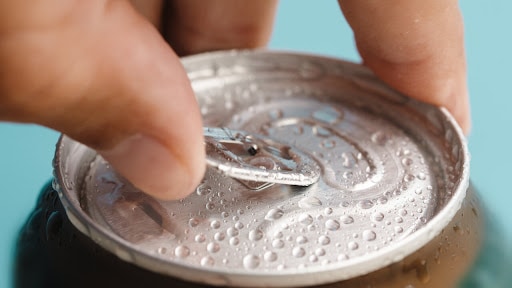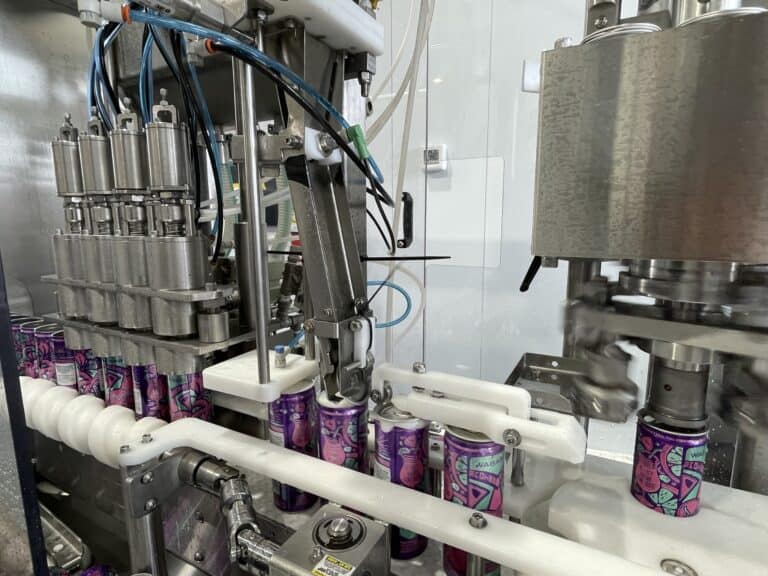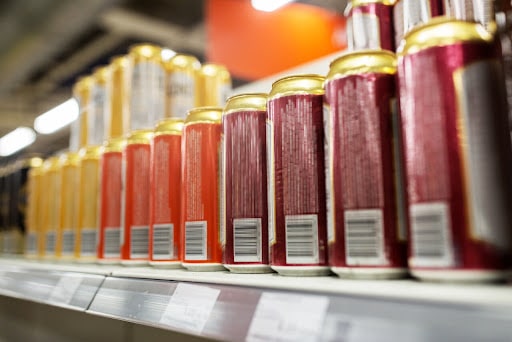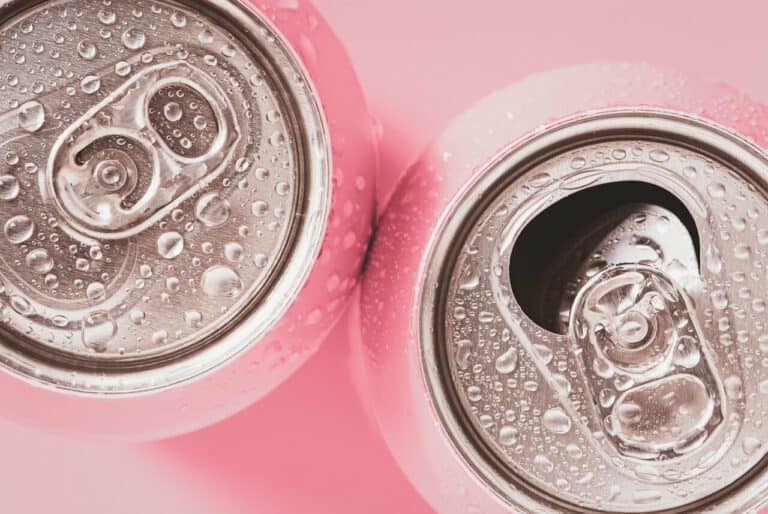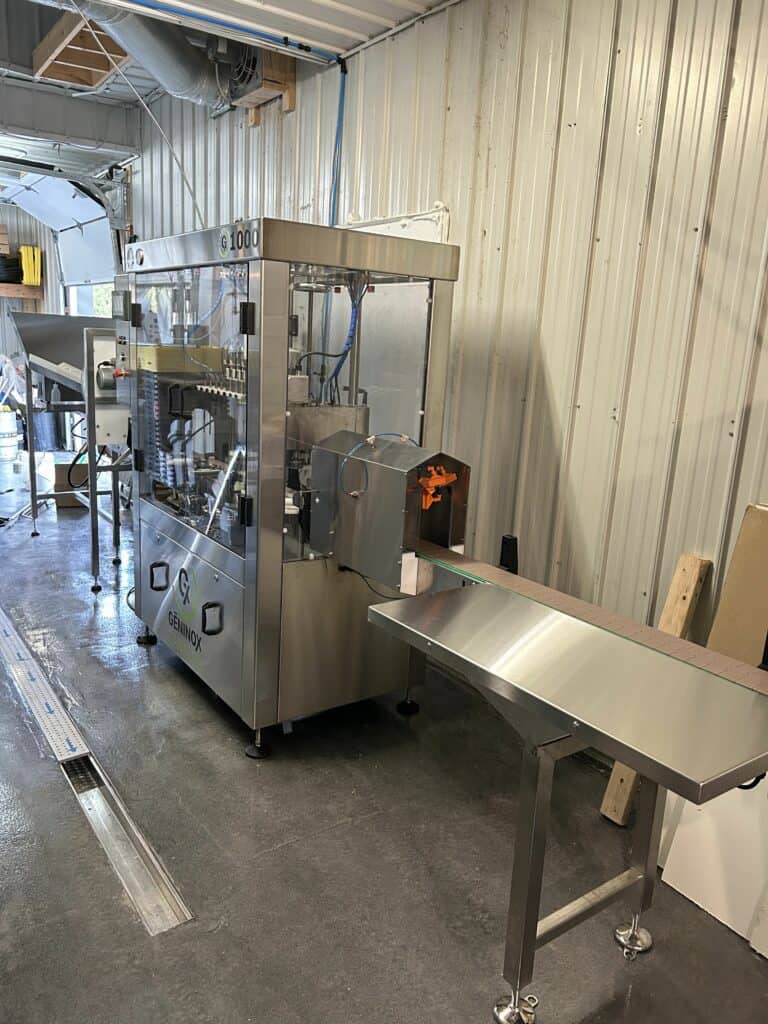How Can The Risk of Contamination During Liquid Canning Be Minimized?
Is your Risk of Contamination During Liquid Canning minimized ? Liquid canning is a very popular method for preserving and packaging a wide range of beverages, including juices, soft drinks, and even alcoholic beverages. However, with the increasing demand for these products, it becomes paramount to ensure that the canning process maintains the highest standards of quality and safety.
Contamination during liquid canning can have severe consequences, compromising the product’s taste, shelf life, and, most importantly, consumer health. To mitigate these risks, manufacturers must adopt stringent measures to minimize the potential for contamination throughout the entire canning process. In this blog, we explore some key strategies and best practices to help minimize the risk of contamination during liquid canning.
Proper Sanitization Procedures
To minimize the risk of contamination during liquid canning, it’s crucial to follow proper sanitization procedures:
- Maintain appropriate temperatures: This includes ensuring that the water used for cleaning and sterilizing equipment is at a high enough temperature to kill any potential pathogens.
- Prevent cross-contamination: Contamination can occur not only from improper cleaning practices but also from using contaminated water. Use filtered or distilled water when preparing solutions or rinsing equipment. Tap water may contain bacteria or other contaminants that could compromise the safety of your canned liquids.
- Pay attention to packaging materials: Make sure that you’re using packaging solutions specifically designed for canning purposes. These should be thoroughly cleaned and inspected before each use to ensure they’re free from any defects or signs of contamination.
- Adhere to general safety practices: Always wash your hands thoroughly with soap and warm water before handling any raw ingredients or starting the canning process. Avoid touching your face, hair, or other potentially contaminated surfaces while working with beverage.
By implementing these measures consistently, you can significantly reduce the risk of contamination during liquid canning and ensure the safety of your liquid products.
How to get my liquid professionally canned
Quality Control Measures
Quality control measures play a vital role in minimizing the risk of contamination during liquid canning. Implementing rigorous quality control procedures is crucial to ensure the highest level of safety and hygiene throughout the liquid canning process. For instance, strict adherence to processing time is essential for maintaining product safety during liquid canning.
Another critical control point in quality control is ensuring a proper vacuum seal on canned beverages. A vacuum seal creates an airtight environment inside the cans, preventing any external contaminants from entering. It’s necessary to regularly check for signs of compromised seals and discard any cans with faulty seals. By practicing these measures diligently, you can greatly reduce the chances of microbial growth and minimize potential sources of contamination in canned liquids.
Temperature Control during Canning
Maintaining precise temperature control is vital for ensuring the safety and quality of canned liquids. By carefully monitoring and controlling the temperature throughout the canning process, you can significantly reduce the chances of contamination during production.
During liquid canning, it is essential to follow strict guidelines regarding temperature control. The initial step involves heating the product to a specific temperature before filling it into cans. This ensures any harmful bacteria or microorganisms are eliminated and reduces the risk of contamination. Additionally, maintaining consistent temperatures throughout the entire canning process is crucial to prevent bacterial growth or survival.
Consistently monitoring and adjusting temperatures throughout every step of canning ensures both safety from harmful bacteria and the preservation of product quality. Prioritizing temperature control measures allows you to confidently produce safe and delicious canned beverages for consumers to enjoy.
How Does The Canning Process Vary For Different Types Of Liquids?
Utilizing Safe Ingredients
Safe ingredients are essential for ensuring the quality and safety of canned beverages. In the same vein, it’s also important to consider the ambient temperature during the canning process, as certain liquids may require specific temperature conditions for safe preservation.
Another potential source of contamination during canning is the time period between the preparation and sealing of the cans. The longer a liquid remains exposed after preparation, the higher the chances of bacteria multiplying on its surface. Therefore, it’s recommended to implement canning machines that seal the cans promptly after filling them.
The important things you must look for in canning machines
Effective Packaging Techniques
Packaging your canned liquids effectively is key to ensuring their freshness and appeal. By implementing these effective packaging techniques, you can greatly reduce the risk of contamination during liquid canning:
- Following safety guidelines is crucial in minimizing the risk of contamination. One important aspect is microbial control, which can be achieved by using stainless steel equipment. Stainless steel has a smooth surface that prevents bacteria from adhering and multiplying, reducing the chances of contamination.
- Regularly sanitize all surfaces and utensils used in canning to prevent cross-contamination. Additionally, ensure proper temperature differentials during the canning process. This means cooling down hot liquids before pouring them into cans to avoid condensation that could promote bacterial growth.
- Achieve a vacuum seal on your cans. A vacuum seal not only helps preserve the freshness of your canned liquids but also prevents any air or moisture from entering, which could lead to contamination. Make sure you follow proper sealing procedures for each type of product you’re canning.
- Consider additional preparation steps after packaging your canned beverage. If possible, store them in refrigeration units immediately after sealing to maintain their quality and inhibit bacterial growth.
Staff Training and Education
Properly train employees on handling and storing canned beverages correctly to minimize potential risks. By prioritizing staff training and education, you are investing in the long-term success and safety of your liquid canning operations. Well-trained employees will not only reduce the risk of contamination but also contribute to higher productivity levels and overall product quality.
Staff training and education should cover various aspects of liquid canning, including hygiene practices, proper handling of equipment, and understanding potential sources of contamination. This training will enable your staff to identify potential risks early on and take preventive measures to mitigate them. Emphasize the importance of maintaining a clean working environment, regularly sanitizing tools and surfaces, as well as following strict hygiene protocols throughout the entire canning process.
In addition to general training on best practices for liquid canning, it’s crucial to provide specialized education on specific tasks or processes involved in your production line. Whether it’s teaching employees how to properly calibrate machinery or educating them about allergen control measures, tailored training sessions will enhance their expertise and confidence in performing their roles effectively. Regular refresher courses are also beneficial for keeping knowledge up-to-date and reinforcing good habits among your staff.
Implementing HACCP Principles
Implementing Hazard Analysis Critical Control Point (HACCP) principles is crucial to minimize the risk of contamination during manufacturing procedures like liquid canning. These principles involve identifying potential safety hazards such as microbial contamination and establishing critical control points to prevent or eliminate them.
Key aspects of implementing HACCP principles include:
- Understanding the potential for contamination: Staff should be educated on the various sources of biological contamination, including bacteria, viruses, and molds. They should also be aware of how these contaminants can enter the product through improper handling or unsanitary equipment. By being knowledgeable about these risks, they can take proactive measures to prevent contamination throughout the entire process.
- Maintaining proper temperature ranges: Microorganisms thrive in specific temperature conditions, so it’s essential to monitor and control temperatures at critical points during the process. Staff training should emphasize the importance of accurate temperature measurement and regulation to prevent bacterial growth or other forms of contamination. By adhering to strict temperature guidelines, you can greatly reduce the risk of microbial contamination in your canned beverages.
With a solid foundation established through comprehensive training, your staff will have a thorough understanding of potential safety hazards and know how to mitigate them effectively. By prioritizing comprehensive staff training and education in liquid canning, you can create a solid foundation for implementing HACCP principles and ensuring the highest level of product quality and safety.
Conducting Routine Inspections and Audits
By conducting regular inspections and audits, you can identify potential issues early on and take corrective actions promptly. This will not only ensure the highest level of quality but also reduce the risk of contamination during liquid canning processes.
When conducting routine inspections, keep the following in mind:
- Start by conducting risk assessments to identify areas where contamination could occur, such as during storage, processing, or packaging. This will help you prioritize inspection efforts and focus on high-risk areas.
- Pay close attention to the use of antimicrobial agents in your canning process. These agents play a vital role in reducing microbial growth and ensuring product safety. Check that they’re being used correctly and at the appropriate concentrations to effectively kill harmful bacteria.
- Inspect retort pouches thoroughly for any signs of damage or leakage. These are commonly used in liquid canning processes, and if compromised, they can become a breeding ground for bacteria. Look out for punctures, tears, or bulges that may indicate a problem with the pouch’s integrity.
Investing in Quality Equipment
Investing in quality equipment for liquid canning plays a significant role in reducing microbial safety hazards. By prioritizing equipment capable of achieving effective refrigeration temperatures, using hot water effectively, and maintaining proper pressure differentials, you can minimize the risk of contamination while preserving the freshness and quality of your canned liquid products.
At Geninox Canning, we specialize in providing entrepreneurs and SMEs with the ideal canning machinery and accessories to grow their operations. Designed to cater to a variety of production scales and beverage types, our canning solutions can maximize your operational efficiency, improve product quality, and enhance the shelf life of your products.


